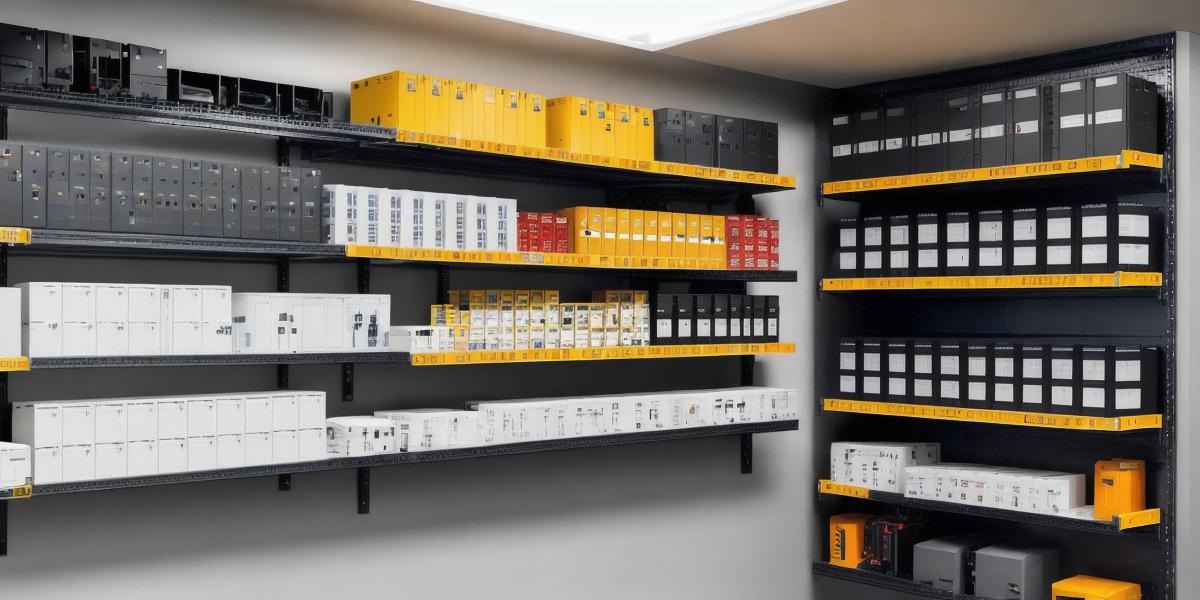Storing batteries in a data room is an essential aspect of maintaining optimal operating conditions for critical IT infrastructure. Proper battery storage can prevent unexpected failures, ensure uninterrupted power supplies, and safeguard against potential hazards. Here are some best practices to consider when storing batteries in a data room.
1. Temperature Control

Temperature is a crucial factor in battery performance and longevity. Ideally, batteries should be stored in a temperature range between 20°C and 30°C (68°F and 86°F). Extreme temperatures can lead to degraded battery performance or even failure. Ensure that your data room is equipped with adequate climate control systems to maintain these conditions consistently.
**Example:**
In a large financial institution, an improperly cooled data room caused the temperature to rise above 30°C (86°F), leading to the premature aging of batteries and potential outages for critical trading systems.
**2. Humidity Levels**
Maintaining appropriate humidity levels is essential to prevent corrosion or condensation, which can damage batteries. Aim for a relative humidity (RH) between 40% and 70%. Ensure your data room’s HVAC system provides proper ventilation and moisture control to maintain these conditions.
**Example:**
In a healthcare facility, high humidity levels caused condensation on the batteries, leading to short circuits and subsequent power outages for critical patient monitoring systems.
**3. Fire Suppression Systems**
Fire suppression systems are essential in data rooms where batteries are stored due to the risk of overheating or electrical faults. Install fire suppression systems designed specifically for battery storage environments, such as VESDA (Very Early Smoke Detection Apparatus) and gas-based systems like FM200 or Novec 1230.

**Example:**
In an e-commerce company, a non-compatible fire suppression system discharged in a battery room, causing extensive damage to the batteries and the critical IT infrastructure they supported.
**4. Physical Security**
Secure your battery storage area with physical access controls, such as locked doors or biometric authentication systems. Ensure that only authorized personnel have access to these areas. This will prevent unauthorized access, theft, or accidental damage to batteries.
**Example:**
In a government agency, an intruder gained access to the battery room and stole several batteries, causing widespread downtime for critical systems.
**5. Regular Inspections and Maintenance**
Regularly inspect your batteries and their storage environment for signs of damage or degradation. Maintain records of inspections and replace batteries as needed. Perform routine tests on the UPS (Uninterruptible Power Supply) systems to ensure they are functioning correctly.
**Example:**
In a telecommunications company, a failure in a battery that went unnoticed due to lack of regular inspections caused a widespread outage affecting millions of customers.
In conclusion, following these best practices when storing batteries in a data room is essential for ensuring the longevity and performance of your critical IT infrastructure while also safeguarding against potential hazards. Proper temperature control, humidity levels, fire suppression systems, physical security, and regular inspections and maintenance are vital components of maintaining an effective battery storage environment.
